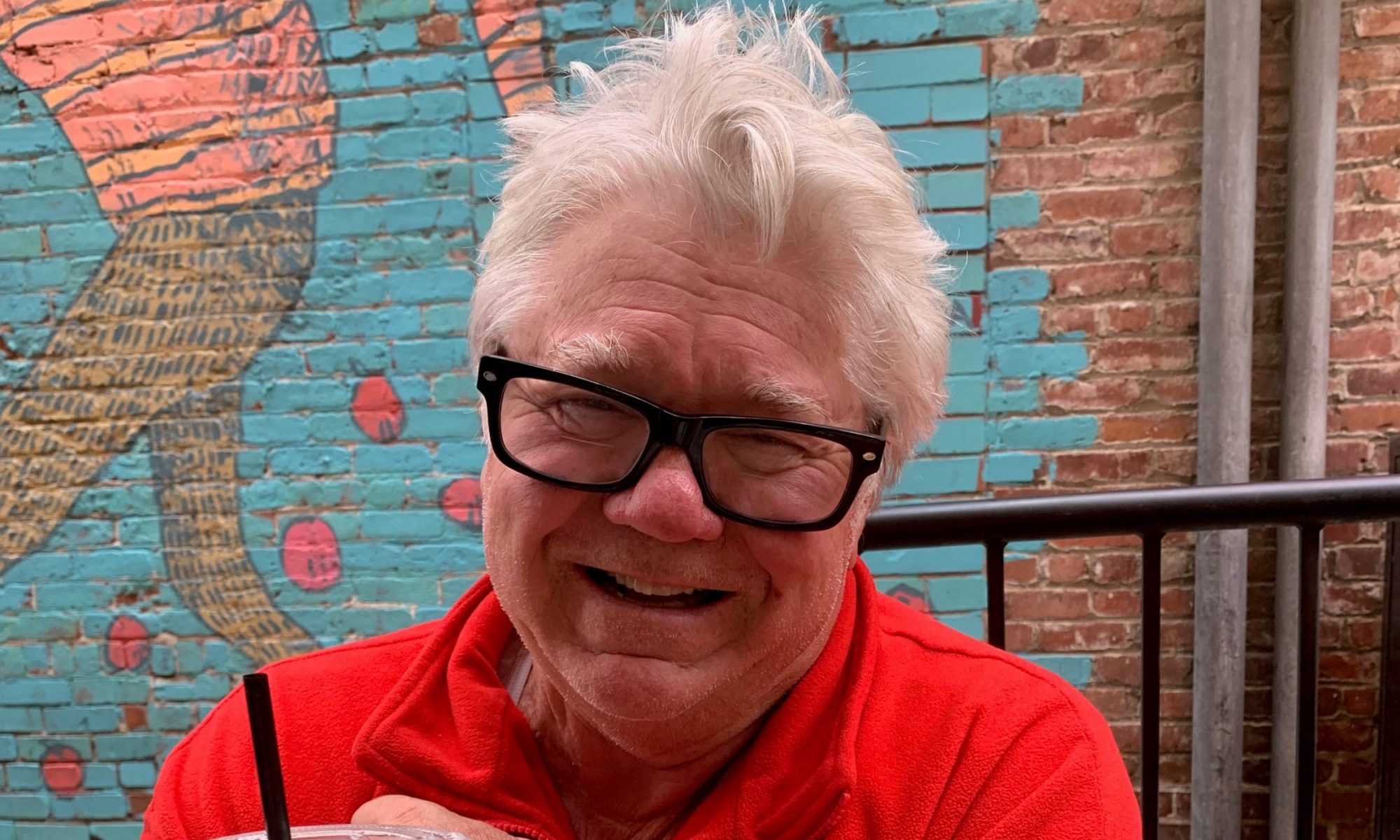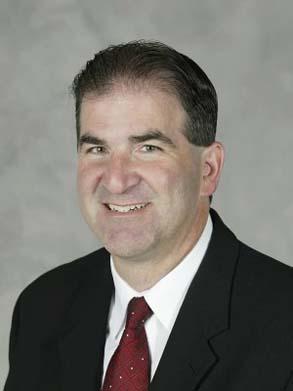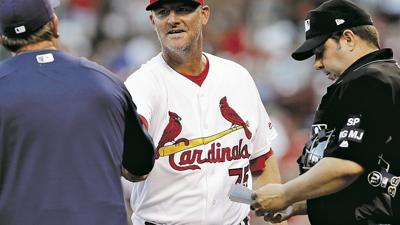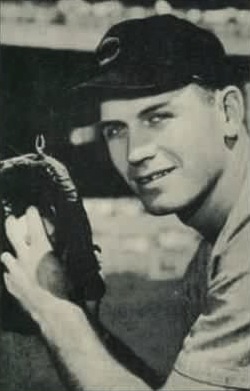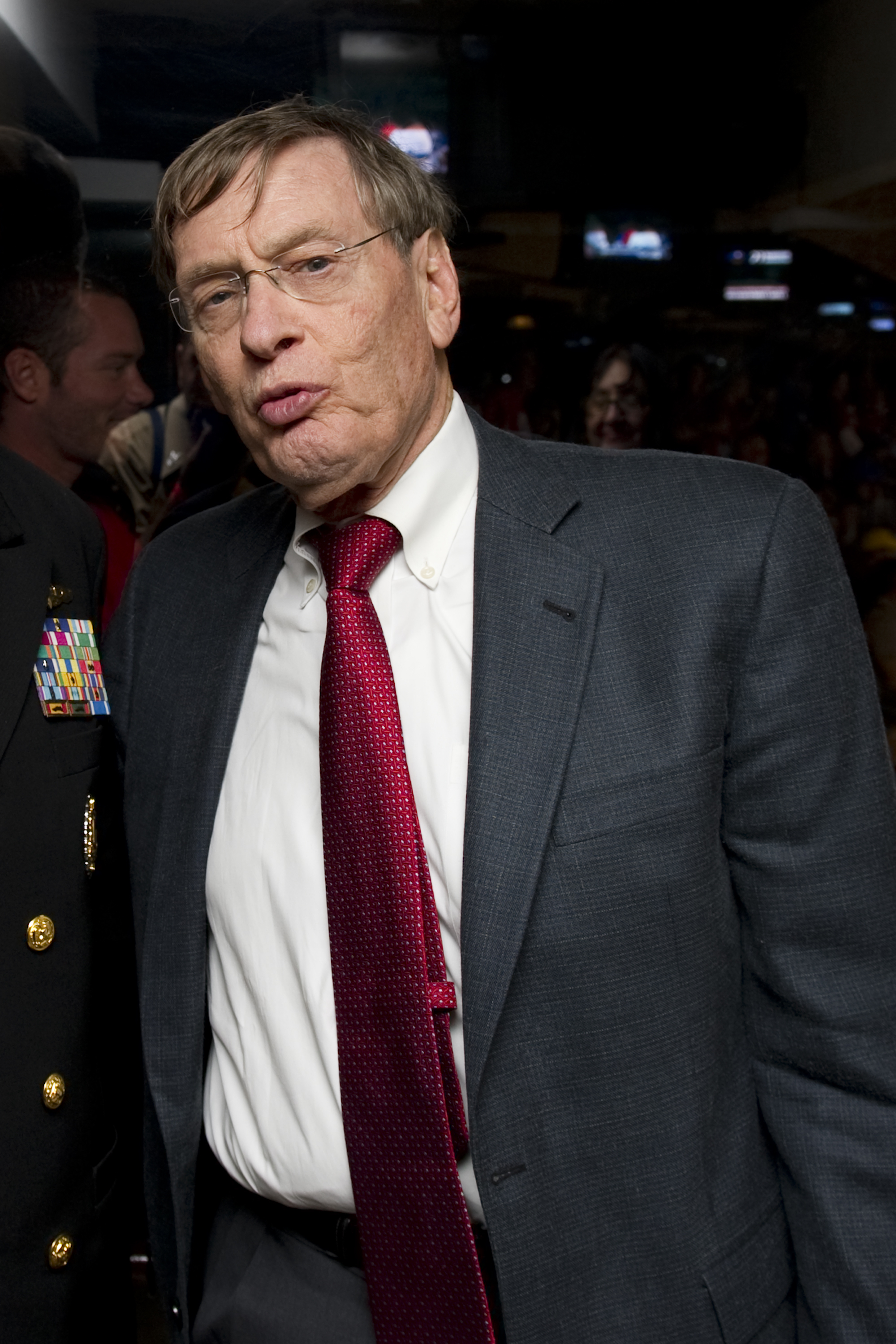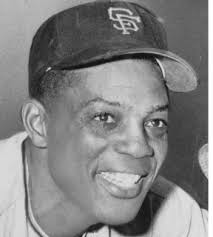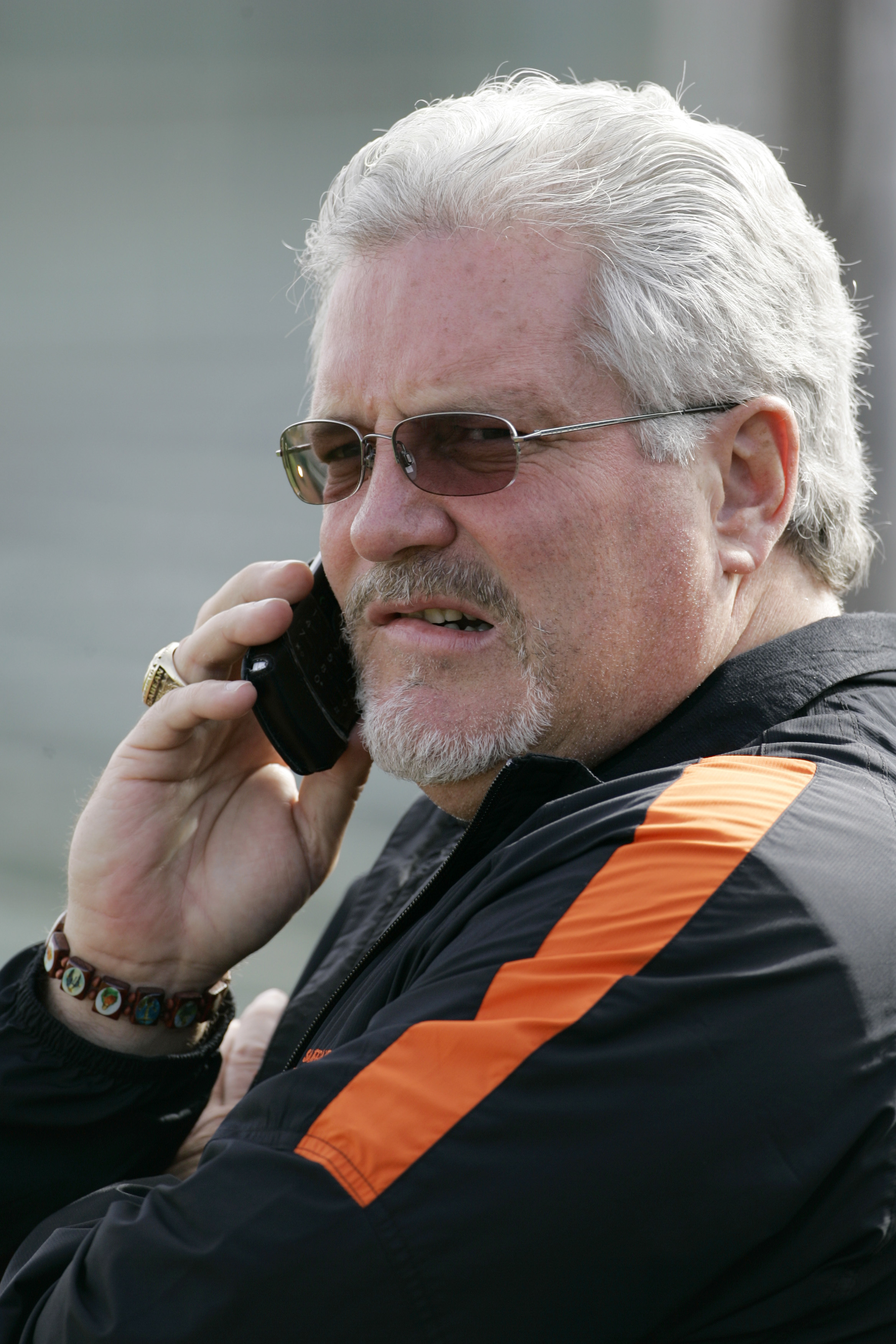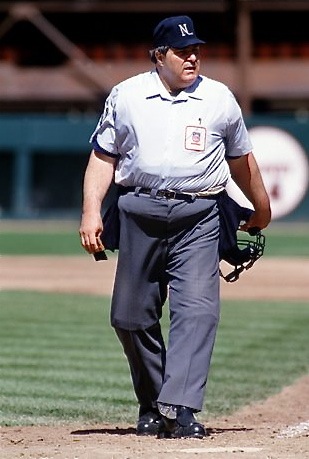Redlands Connection is a concoction of sports memories emanating from a city that once numbered less than 20,000 people. From the Super Bowl to the World Series, from the World Cup to golf’s U.S. Open and the Olympics, plus NCAA Final Four connections, Tour de France cycling, major tennis, NBA and a little NHL, aquatics and quite a bit more, the sparkling little city that sits around halfway between Los Angeles and Palm Springs on Interstate 10 has its share of sports connections. – Obrey Brown
Danny Davidsmeier joked about a pair of Redlands East Valley High School area products, Tyler Chatwood and Matt Andriese, who are current major league players.
Chatwood, who now pitches for the Chicago Cubs, had been drafted by the Angels and traded to Colorado.
Andriese was an original draft pick by the San Diego Padres, eventually traded to the Tampa Bay Rays.
“I’m a hitting coach,” said Davidsmeier, “and they made it to the majors as pitchers.”
If he could list the entire roster of youth-level players that he’s instructed, that entire collection might be able to fill a full high school league of all-star level talent.
Matt Davidson comes to mind. A current major league slugger, who was a high school MVP as a freshman at Yucaipa, got drafted by Arizona and traded to the White Sox. Davidsmeier started coaching Davidson at age 11.
It’s Davidsmeier, perhaps, who bridges the gap with a growing number of ballplayers who have taken paid hitting instruction from him for nearly two decades. And why not?
His background is insanely interesting.
Imagine being an All-State player at San Bernardino Valley Community College in the mid-1970s. It came just before his days as an All-American shortstop at USC.

The Yucaipa High product, who came out of the Thunderbirds’ program one year before Jeff Stout began an unprecedented 42-year run as their coach, was taken in the draft by the Milwaukee Brewers. Redlands’ Dee Fondy was Milwaukee’s chief scout.
Sounds promising, doesn’t it?
Mention names like Robin Yount and Paul Molitor to Davidsmeier. He laughs.
It wouldn’t be surprising to hear him say it. “Those guys,” he might say, “kept me out of the major leagues.”
Both Yount, a shortstop, and Molitor, a second baseman who later moved to third base, are Hall of Famers. In the early 1980s, the two — along with second baseman Jim Gantner — blocked Davidsmeier’s promising pathway to the major leagues.
In those days, they were known as Harvey’s Wall Bangers, a reference to Brewers’ manager Harvey Kuenn, who was quite a hitter in his day. Besides Yount and Molitor.
Imagine hitting .371 with 16 HRs as a USC senior in 1981. It was there that Davidsmeier played for legendary coach Rod Dedeaux, a former shortstop in his own playing days.
USC? All-American? That got Milwaukee’s attention — third round selection in 1981, No. 72 overall. That’s the same draft, incidentally, in which first-rounders like Joe Carter, Matt Williams and Ron Darling were selected.
Tony Gwynn was taken in that same third round, too, just 14 picks before Davidsmeier.
As for Davidsmeier, he spent his best years playing minor league baseball, rising to Triple A Vancouver just two years after being drafted.
CRACKING THE BREWERS’ LINEUP
While Yount-Molitor-Gantner were thriving in Milwaukee, Davidsmeier’s hopes might’ve been curtailed by their all-star level play.
Davidsmeier’s most productive season might’ve been in 1982 when he hit .272 with 10 HR as a 22-year-old shortstop at Class AA El Paso. That was followed by four seasons at Triple AAA Vancouver. No, the numbers weren’t overwhelming enough to land him a spot replacing Molitor, Yount or Gantner.
Led by the MVP season of Yount, the Brewers reached the 1982 World Series, losing in seven games to the St. Louis Cardinals.
Even playing behind such a talented crop of major leaguers might’ve inspired other organizations to seek out Milwaukee’s prized minor leaguers — like Davidsmeier.
Milwaukee, in those years, was loaded. Besides Molitor and Yount, there were players like first baseman Cecil Cooper (.298, 241 career HR), Gorman Thomas (268 HR), Ben Oglivie (.275, 235 HR), plus another future Hall of Famer, catcher Ted Simmons (.285, 245 HR), while Gantner (.274) was as sure-handed an infielder as anyone.
Throw in Hall of Fame numbers from Yount (3,142 hits, 583 doubles, 126 triples, 251 HR, .285) and Molitor (3,319 hits, 605 doubles, 234 HR, 504 stolen bases, .306).
That’s the lineup Davidsmeier was trying to crack.
Doug DeCinces had a hard time becoming Baltimore’s third baseman with Hall of Famer Brooks Robinson playing ahead of him in the early 1970s.
In that same era, center fielder Garry Maddox would’ve rotted away in San Francisco if the Giants hadn’t traded Willie Mays to the Mets.
Thank goodness Wally Pipp had a headache one day in New York. Lou Gehrig might’ve never gotten a chance.
Yes, Davidsmeier spent plenty of Arizona-based spring training sessions with the Gantner-Young-Molitor trio ahead of him on the Brewers’ depth chart.
Gantner was considered good enough to drive Molitor from second base to third base.
Davidsmeier, too, had played all three spots.
By age 28, Davidsmeier was ready to head elsewhere — Italy, Mexico, Taiwan, Canada, Czechoslavakia, Korea, Japan and Columbia, to name a few stops.
ROAD TRIP COMES TO AN END
Twenty-two years on the international road led Davidsmeier back home — Yucaipa, Loma Linda, Redlands, Highland, the entire area. He became a growingly popular private hitting instructor.
Main base for Davidsmeier these days is Loma Linda. The batting cages there went from Hitter’s Choice Batting Cages to its new name, IE Performance Center & Batting Cages. The re-opening was scheduled for June 2-3.
Davidsmeier says he likes the new layout. The husband-wife ownership of Dr. Alan Herford and Kirilina Herford liked the atmosphere. They took over the place, signing a 14-month lease. It wouldn’t be a stretch to believe that Davidsmeier’s part of that atmosphere.
If you’re in the cage with Davidsmeier, it’ll be a productive moment.
Name a productive hitter from the area. Chances are decent that Davidsmeier has worked with them in the practice cages.
Current major leaguers Davidson, Chatwood and Andriese come quickly to mind.
Cracked Davidsmeier: “Matt and Tyler lived down the street from each other in Yucaipa. They got a lot of experience just working out with each other.”
